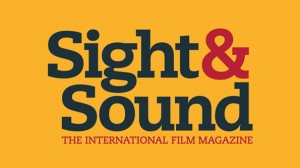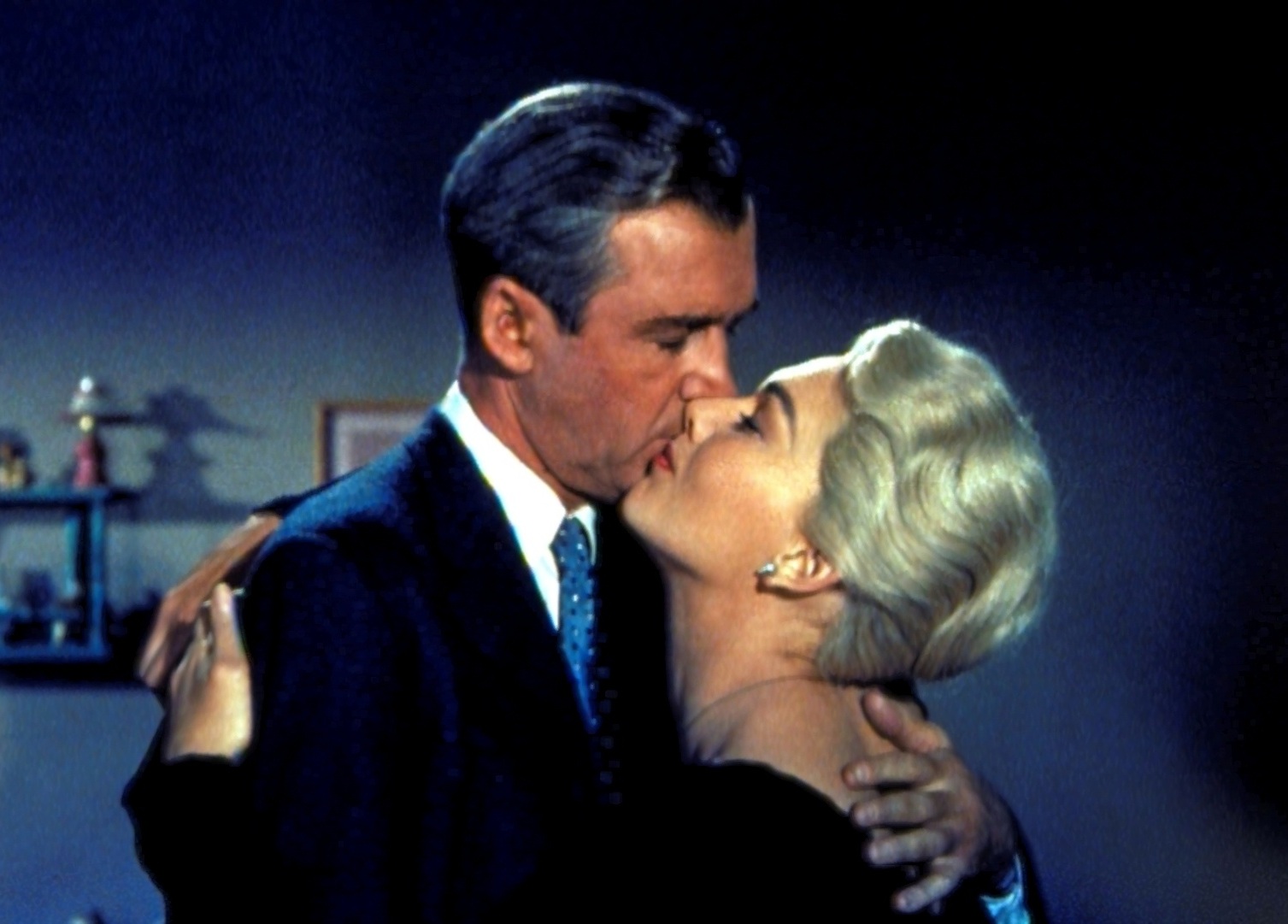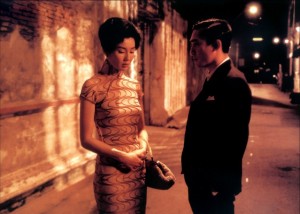 Of the countless lists that line newsstands every year, the BFI Sight & Sound magazine’s decennial list is one of the most prestigious and canon-forming of the breed. For the first time since 1962, the list has changed radically, or at least as radical as this 80-year-old list gets.
Of the countless lists that line newsstands every year, the BFI Sight & Sound magazine’s decennial list is one of the most prestigious and canon-forming of the breed. For the first time since 1962, the list has changed radically, or at least as radical as this 80-year-old list gets.
Alfred Hitchcock’s Vertigo (1958) has supplanted Orson Welles’ Citizen Kane (1941), which has held the top spot unchallenged since it knocked Vittorio De Sica’s The Bicycle Thieves (1948) from the list fifty years ago. Indicative of a new-found respect for the works of Hitchcock in the last few decades, who was largely seen as a maker of popular thrillers at the time, the list doesn’t acknowledge younger generations of outstanding filmmakers. Gone too are Singin’ in the Rain (1954), along with The Godfather (1972) and The Godfather Part II (1974), pushing the canon even further back behind the New Hollywood siege of the late 1960s and early 1970s. The latter is perhaps a victim of a new rule that saw related films that are considered part of a larger whole to be treated as separate for voting purposes.
01. Vertigo (Alfred Hitchock, 1958)
02. Citizen Kane (Orson Welles, 1941)
03. Tokyo Story (Yasujirô Ozu, 1953)
04. The Rules of the Game (Jean Renoir, 1939)
05. Sunrise: A Song of Two Humans (F.W. Murnau, 1927)
06. 2001: A Space Odyssey (Stanley Kubrick, 1968)
07. The Searchers (John Ford, 1956)
08. Man with a Movie Camera (Dziga Vertov, 1929)
09. The Passion of Joan of Arc (Carl Theodore Dreyer, 1928)
10. 8½ (Federico Fellini, 1963)
(Top 50 can be found via the BFI)
With the most recent film in the top 10 from 1968, are we to believe that . Last year, when musing on the validity of lists in the 21st century in our piece Polishing the Canon: The Importance of Lists, we address the holding pattern that many lists have been in for decades, seemingly not acknowledging the power of cinema of the last four decades.
The idea of a film canon, a set of films by which all other films should be benchmarked, is the underlying ideology behind the plethora of lists that emerge from various film societies, critics and publishing houses. Attacked as elitist…[t]his debate is nothing new. Back in 2002, Dan Sallitt wrote (on Slate) about the prestigious Sight & Sound list, The Greatest Ten Films of All Time, that appears once a decade. Sallitt argued that while the list purports to be “a snapshot of the evolving film canon” that even with “a few shifts and substitutions” very little had changed in the ten years since the last poll. Indeed, Citizen Kane had been the top film in 1962, and remained that way forty years later. “Unfortunately”, he added “for the foreseeable future…major directors of today’s cinema are likely to appear in the Sight & Sound polls only as commentators”.
Very little has changed in the last decade in this regard. The list is undoubtedly an impressive one, and there are few who would question the inclusion of any of those films in an essential compilation of last century’s greatest pieces of cinema. Yet it is absolutely of the last century, sidelining much of the last 44 years of motion pictures, technological developments, groundbreaking cinematography and entire careers of seminal filmmakers from the likes of Martin Scorsese to David Lynch and beyond. The BFI actually remark on this, but offer little else in the way of commentary: “In fact the highest film from the new century is Wong Kar-Wai’s In the Mood for Love, just 12 years old, now sharing joint 24th slot with Dreyer’s venerable Ordet…”. One time Sight & Sound writer Raymond Durgnat, who later fell out with the publication, referred to the list as being filled with elitism, puritanism and “upper-middle-class snobbery”, especially in his 1963 essay “Standing Up For Jesus” for Motion. If the tome aimed to solidify their reputation as elitist, then the shuffling of the cards this year has ensured this.
By contrast, when the list began in 1952, cinema was less than half-a-century old, with the four-year-old The Bicycle Thieves topping the list. Similarly, the 1972 list included what would now be a radical departure with Igmar Bergman’s Persona (1966), less than a decade old at the time of publication. The backwards looking lists seem at stark contrast with the publication, which can be otherwise be applauded for a thorough coverage of contemporary world cinema, including those films that do not get a wide release in its native UK.
All lists will engender debate, such is the subjective nature of film criticism. Similarly, to compare Citizen Kane and Vertigo, made some 17 years apart and under very different circumstances, is folly. What Sight & Sound‘s once-a-decade list reminds us of is the importance of lists in sparking conversation on film, and it is through the commentary of others that critics and audiences find themselves discovering corners of the film world that were otherwise darkened. If these lists are to remain relevant, a major shift must take place in the value of contemporary cinema, and it is right here on the Internet that the changes will take place as more people create their own lists, giving birth to a constantly shifting digital canon.





